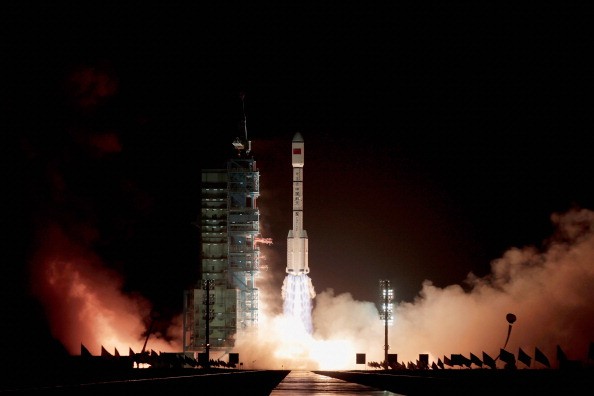China on Sunday announced that it has recovered the experimental landing capsule launched aboard its latest-generation rocket, marking another milestone in the country’s increasingly ambitious space program that envisions a mission to Mars by the end of the decade.
The landing craft, which spent nearly 20 hours in space before landing in northern China's Inner Mongolian steppe, keeps China on schedule to place its second space station into Earth's orbit later this year, the China Manned Space Engineering Office (CMSEO) said in a statement.
The probe is one of several satellites launched with the newly developed Long March-7 carrier rocket on Saturday, which is hailed as a breakthrough by observers for its use of safer, more environmentally friendly fuels. The launch also marked the first use of the Wenchang Satellite Launch Center in the southern province of Hainan.
According to the CMSEO, the experimental capsule "was designed to collect aerodynamic and heat data for a re-entry capsule, to verify key technologies such as detachable thermal protection structure and lightweight metal materials manufacturing, and to carry out blackout telecommunication tests."
The launch and recovery of the capsule is a small but significant step in China's plan to establish a permanent space station by 2022.
The country launched its first manned spaceflight in 2003, which was followed by its first space station, the Tiangong-1, in 2011. Its second space station, the Tiangong 2, is due for blast off into space in September.
A source of national pride, China's military-backed space program plans a total of 20 space missions this year at a time when NASA and other international space programs are seeking new roles.
By 2020, more than 200 Chinese spacecraft are expected to be in orbit and 30 launches made per year on average, Yang Baohua, deputy manager of China Aerospace Science and Technology Corporation (CASTC), told the Xinhua News Agency on Sunday.
China also plans to land a rover on Mars by 2020 in an attempt to mirror the success of the U.S. Viking 1 mission that landed a rover on the planet four decades ago.
"The probe is expected to orbit the red planet, land and deploy a rover all in one mission, which is quite difficult to achieve," said Xu Dazhe, director of China's National Space Administration.





















